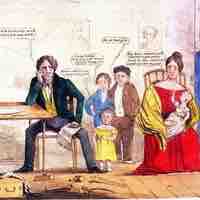Chapter 11
The Market Revolution: 1815–1840
By Boundless
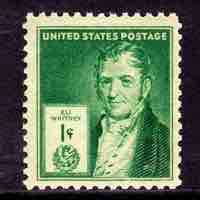
The Market Revolution of the nineteenth century radically shifted commerce as well as the way of life for most Americans.
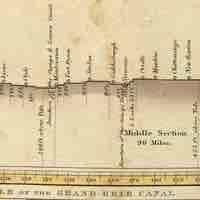
In the nineteenth century, the construction of roads, rails, and canals dramatically improved national mobility.
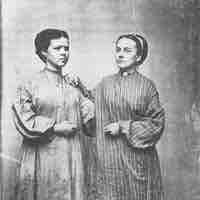
Industrialization in the United States was marked by a growth in factories and an implementation of wage labor, as well as by an increase in the number of working women and deskilled workers.

Eli Whitney's invention of the cotton gin in 1793 resulted in massive growth in the cotton industry in the American South.
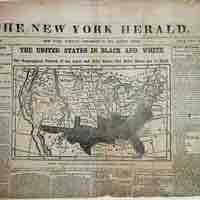
The United States experienced a communication revolution in in the early 1800s, during which the penny press and the electrical telegraph emerged.
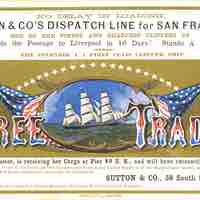
The Market Revolution of the early nineteenth century saw advances in technology, transportation, communication, and manufacturing.
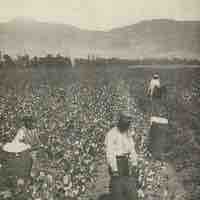
New technologies rapidly transformed and commercialized the agricultural sector in the American South and West.

In the early 1800s, the ports of Boston, Philadelphia, Baltimore, and New York were sites of rapid urban development.
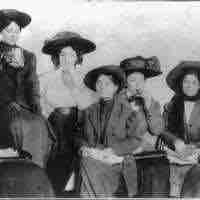
Union activity and striking, spearheaded by women factory workers in the 1800s, were important means by which workers could address harsh manufacturing conditions.

In 1870, Congress enacted the first four federal holidays: New Year's Day, Independence Day, Thanksgiving Day, and Christmas Day.
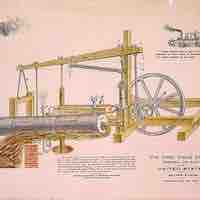
The Industrial Revolution, which reached the United States by the 1800s, strongly influenced social and economic conditions.

During the Industrial Revolution, environmental pollution increased with the use of new sources of fuel, the development of large factories, and the rise of unsanitary urban centers.
